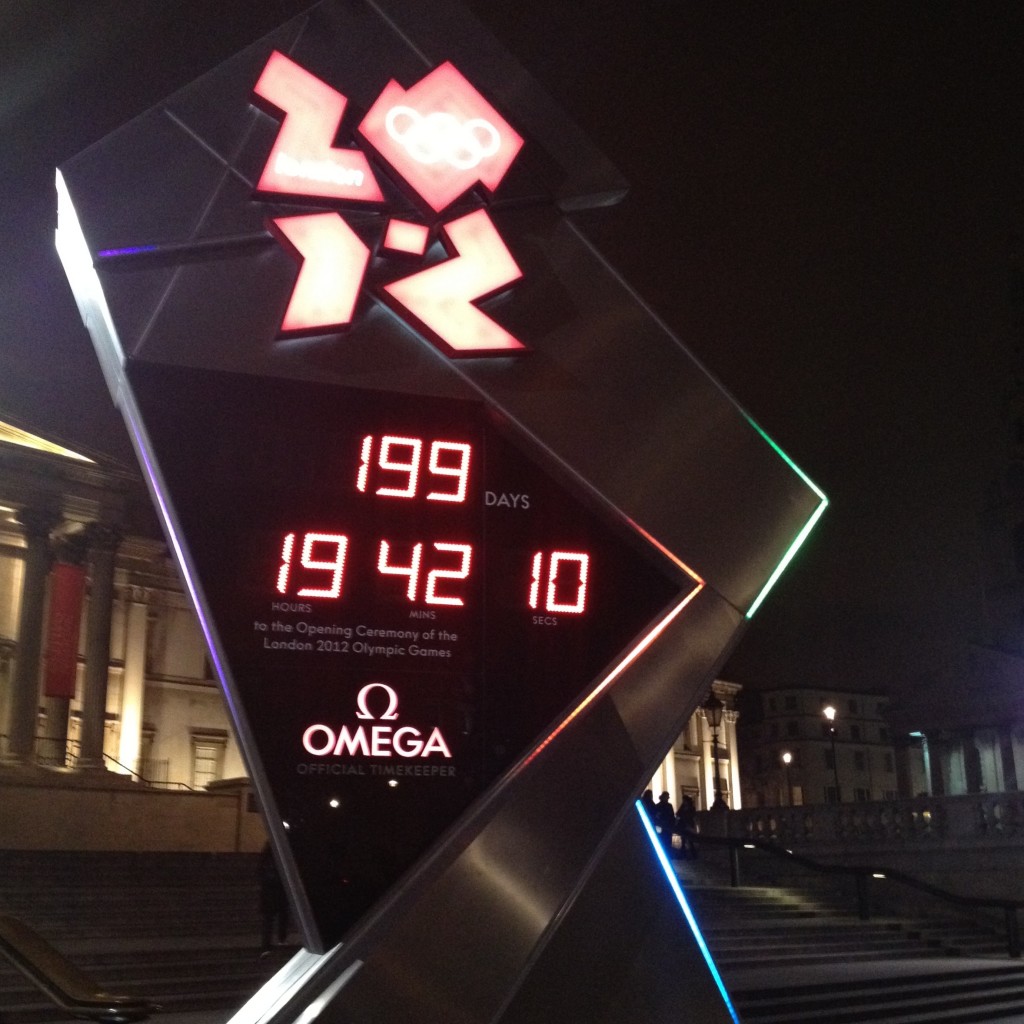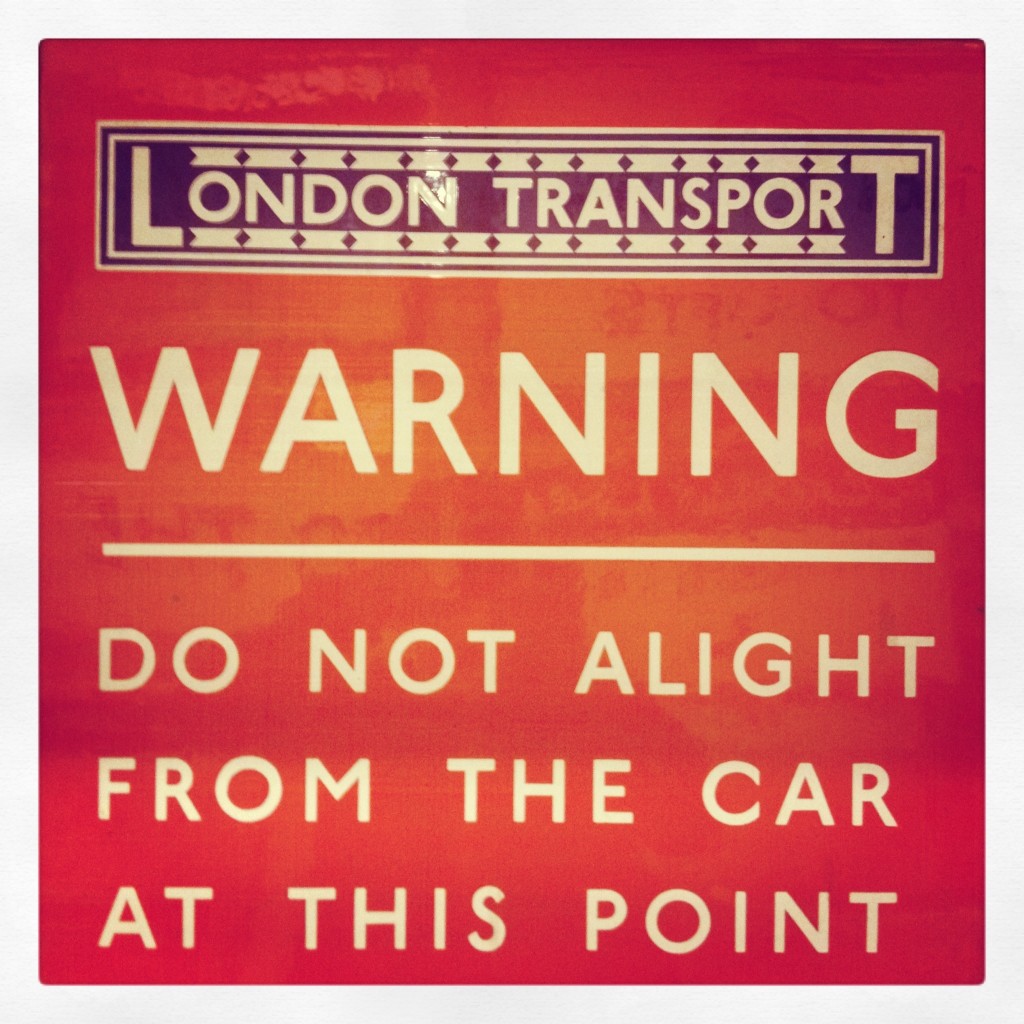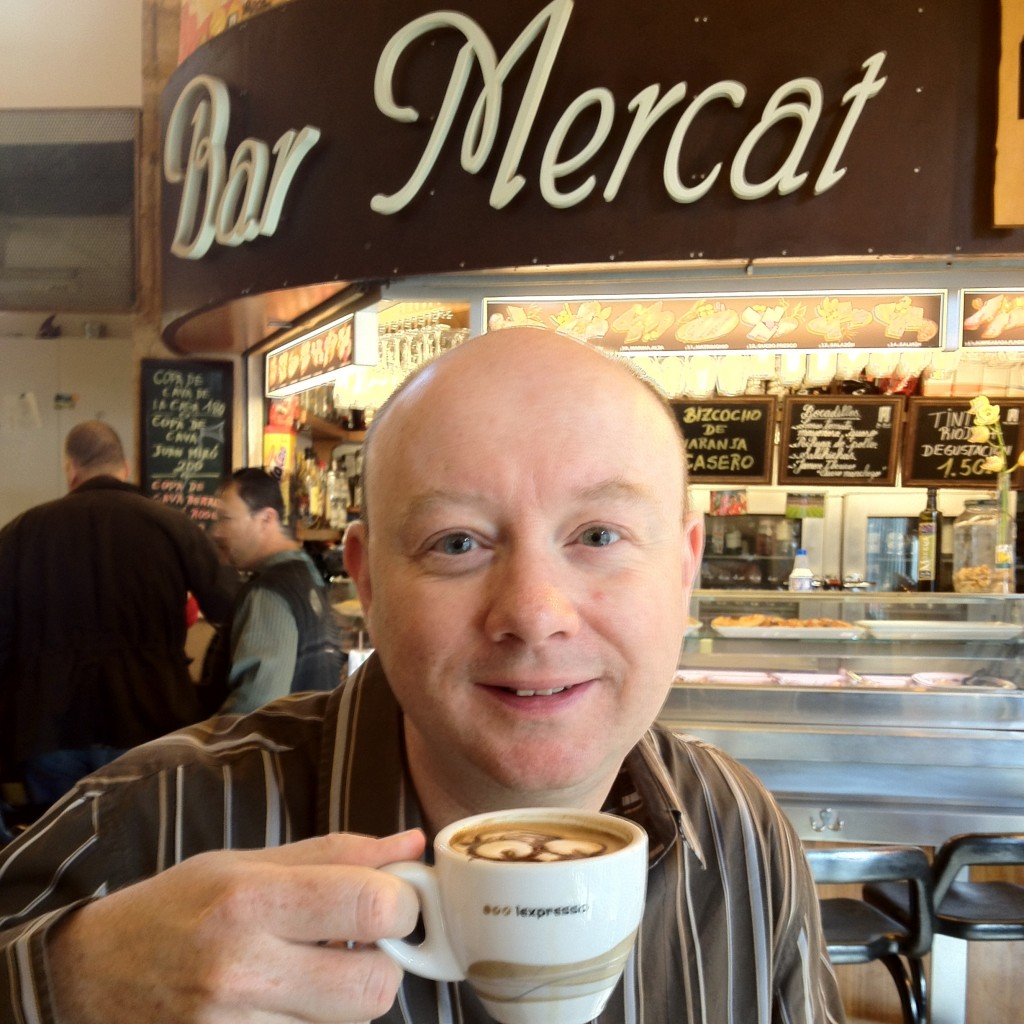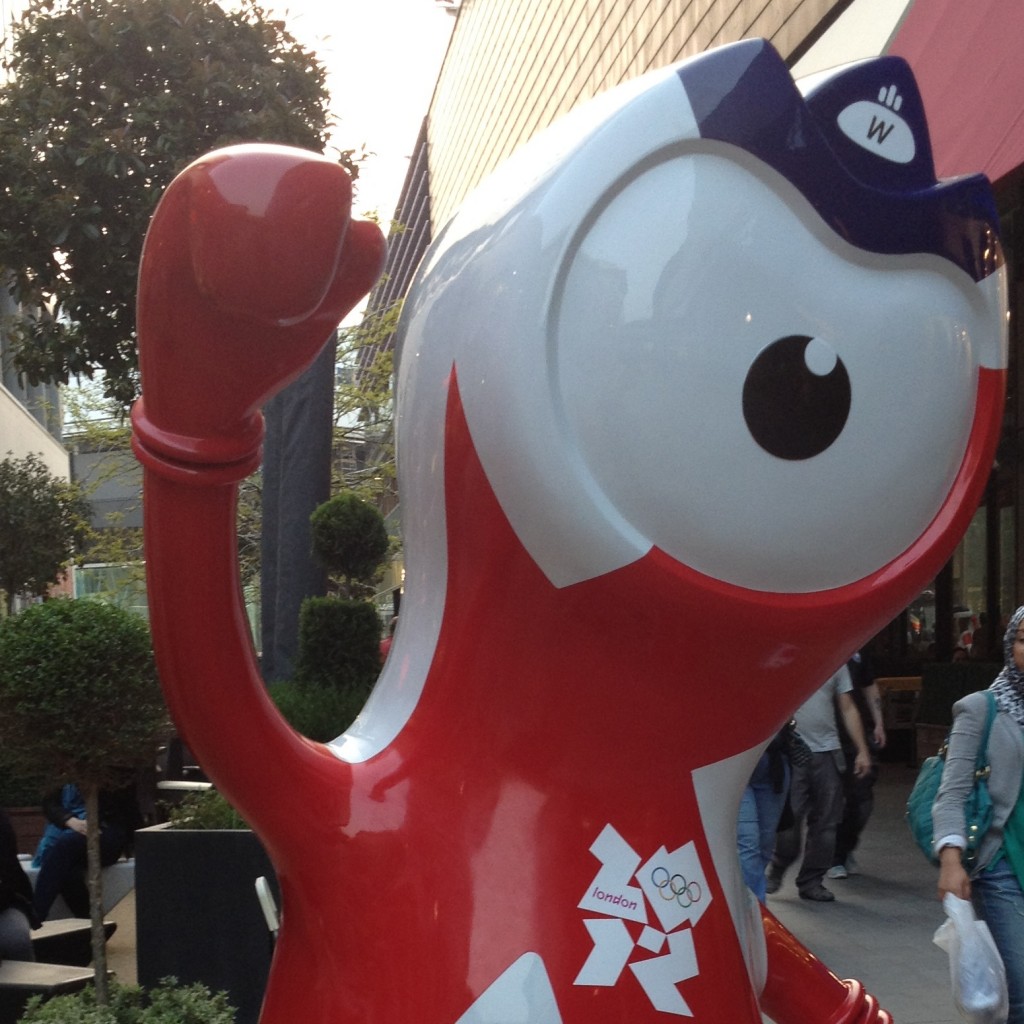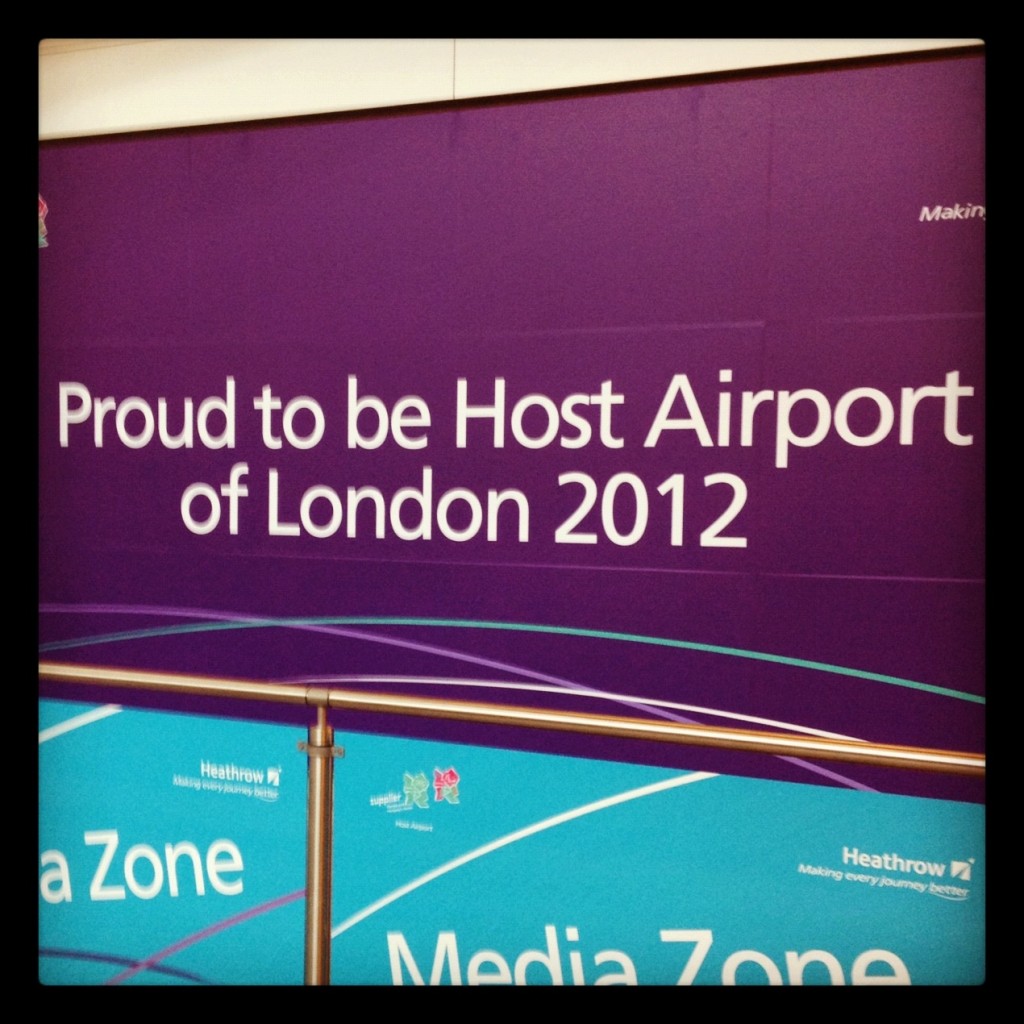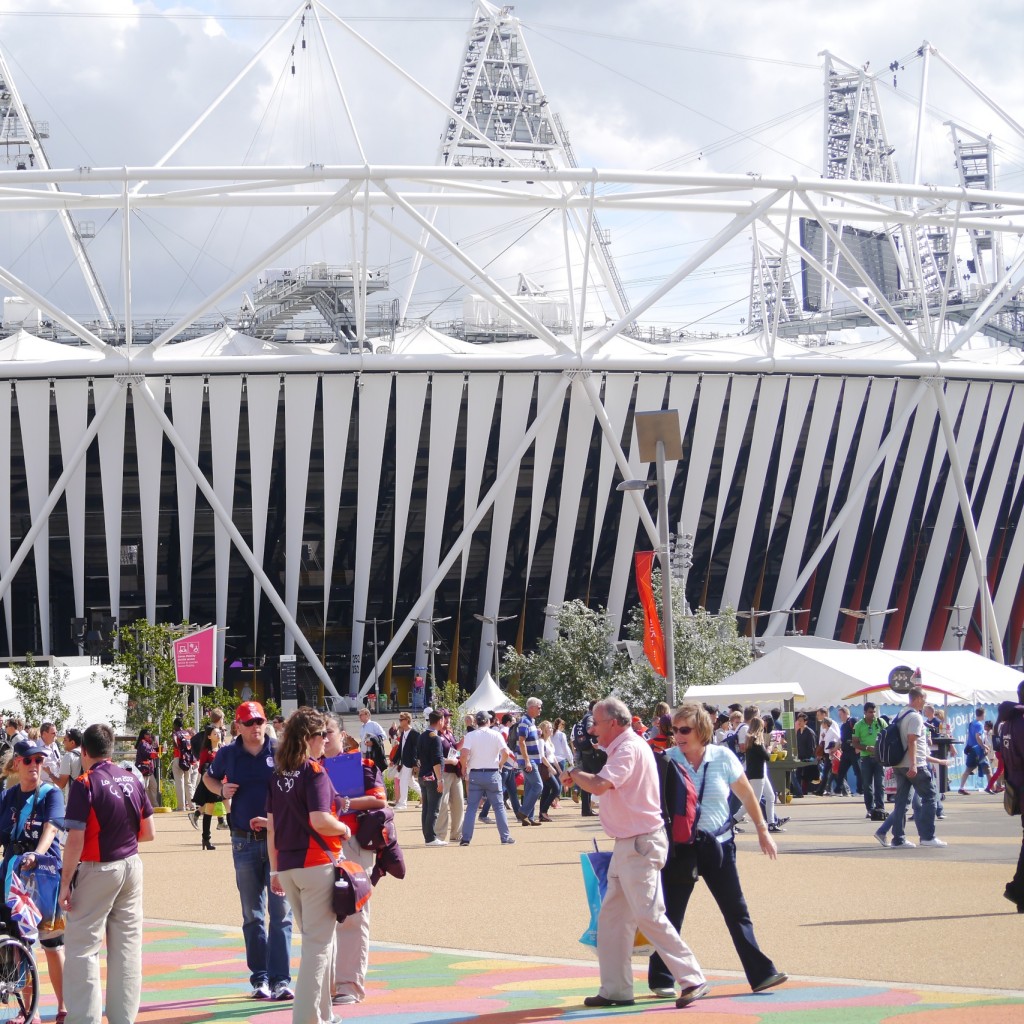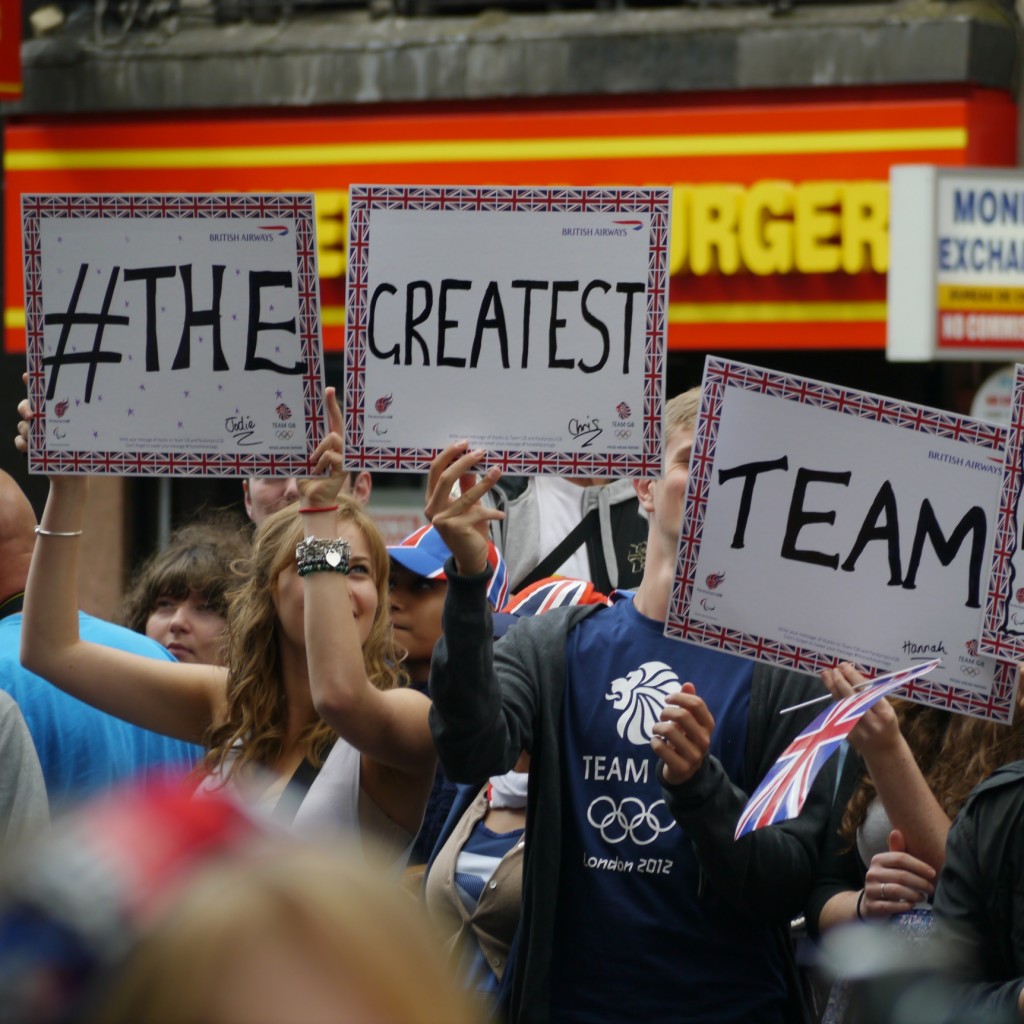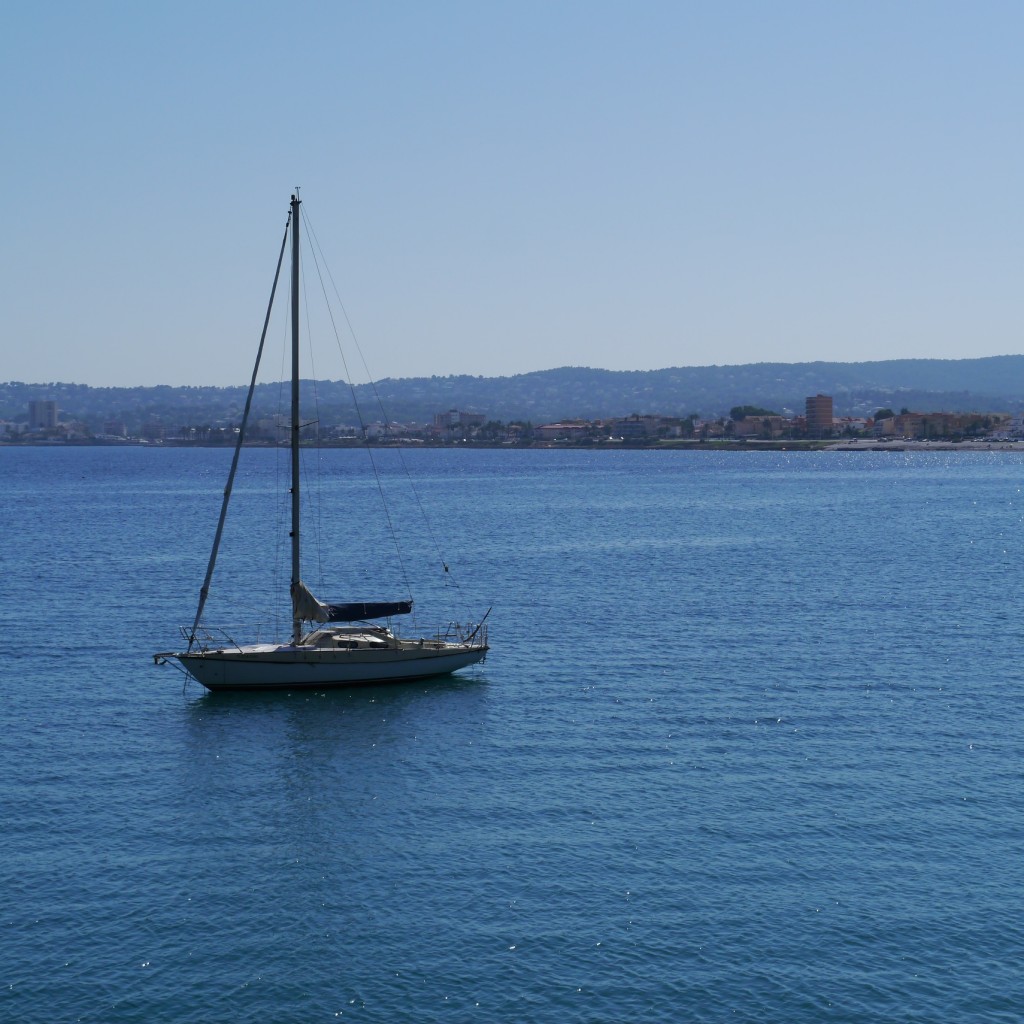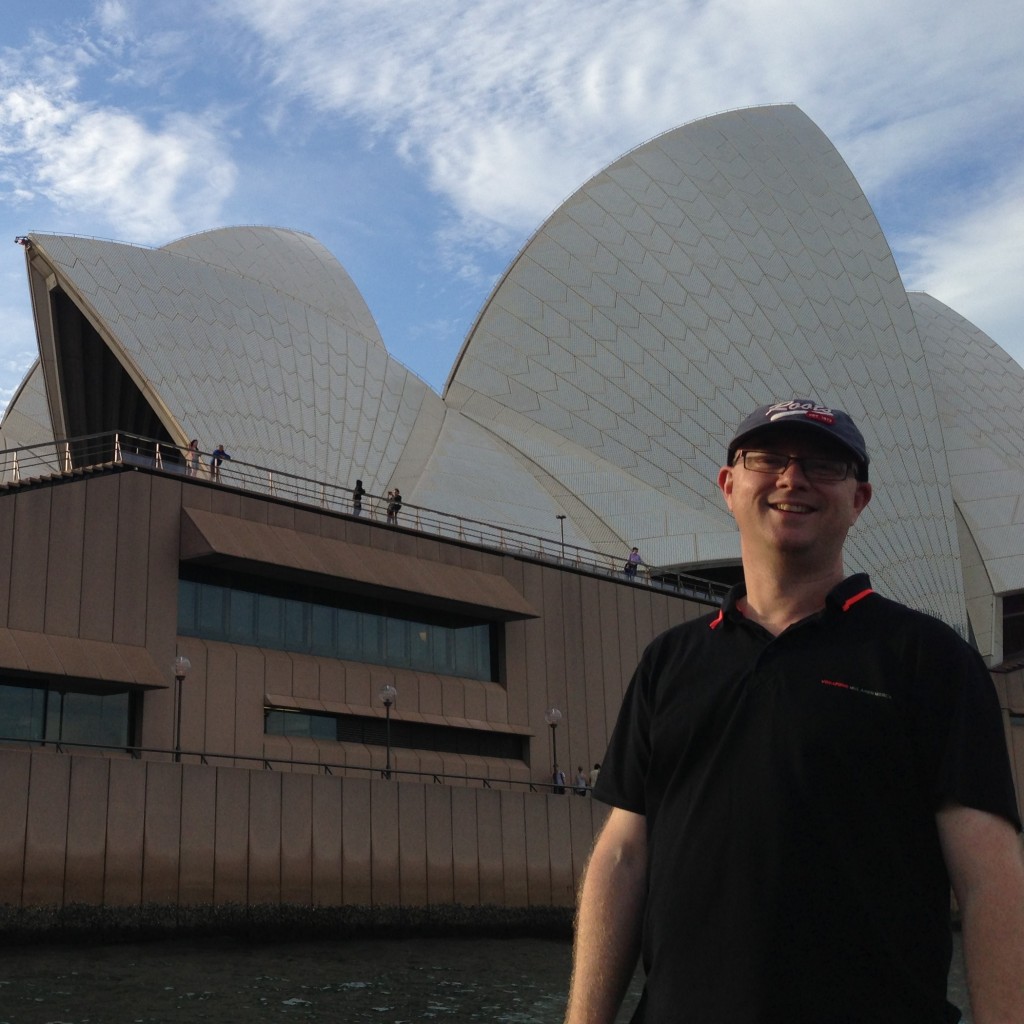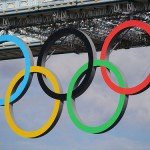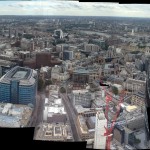Back in 2004 cameras were not at all as commonplace on mobile phones as they are today. Back then, browsing through my phone’s images I realised I had a rather unexpected, somewhat candid, summary of the year in blurred low resolution photographs. I wrote about it, collated 100 of the pictures here and posted the pictures on Flickr. To me, the most interesting thing about that collection is that it’s made up of many of the small moments that I’d otherwise forget. Genuinely, my 2004 was reflected though the everyday. Of course, cameras on phones were of low quality and it’s likely that pictures of the most important events in my life that year were taken on a better camera. Happily, Flickr provides a way to see the year through all the photos I took but there remains something fascinating about the photos I chose to take on a mobile phone camera.
I recall creating a similar collection for 2005 but I can’t find it anywhere. I created a list of 50 images that summed up 2005 and curated another 100 mobile pictures on Flickr in 2006 (and a 36 for 06 collage), a reduced set in 2007 and, randomly, 176 in 2008 when the camera on my Nokia didn’t seem to be that much better than the 2004 Palm.
In 2009 I relied on a computer, dopiaza.org’s set manager and Flickr’s social features to automatically generate the most interesting 36 images for that year – mobile or not – and you can see them on Flickr. It’s a different way to look back on the year and – because it relies on other people’s selection – it’s inherently less personal. Looking back on them now, after 3 years has passed, you’d be forgiven for thinking the only thing to happen to me in 2009 was snow.
I don’t appear to have curated (or automated) collections for 2010 and 2011. I could set the machine to do it today but I think that moment has passed. I guess I was reviewing the year in other ways at that time.
Now, the cogs in the machine have been doing the same for 2012 and the 36 most interesting of this year’s pictures are collected on Flickr. Pictures surface to other users on Flickr for a wide variety of reasons and these collections change. The most popular of my 2012 photographs, as I post this on New Year’s Eve 2012, is a picture (not snapped on a mobile phone) taken at the end of June of the Olympic rings hoisted high on Tower Bridge. If you’re reading this at a later date that might not be the case.
Stumbling across that collection, as I did earlier, made me wonder what I would choose for 2012. This has been a memorable year and I wondered how my chosen pictures would differ form the machine’s collection. At first I considered using Instagram as a way to view the year yet, despite the recently-added ability to view the pictures on the web, there didn’t seem a way to collect a group for the year.
So, I went back to my phone and decided to quickly collate a set; for speed I opted for a simple rule: one photograph from each month that appeared in my phone’s Photo Stream from the year. So, I have “2012 Year In Review: The 12 of 2012“. As you would imagine, both sets feature the London 2012 Olympics often, and there are a couple of over-lapping pictures, but they are subtlety different. I imagine to an outside observer they may be remarkably similar but I can tell the different at a glance.
Both Twitter and Facebook have provided me with an alternative way to review my 2012 via my Year On Twitter and my 20 biggest moments according to Facebook but, somehow, the 12 photographs below work better (also on Flickr). Of course, the full London 2012 Olympics set on Flickr brings back a lot of memories but these 12 put the year into a little more context.
